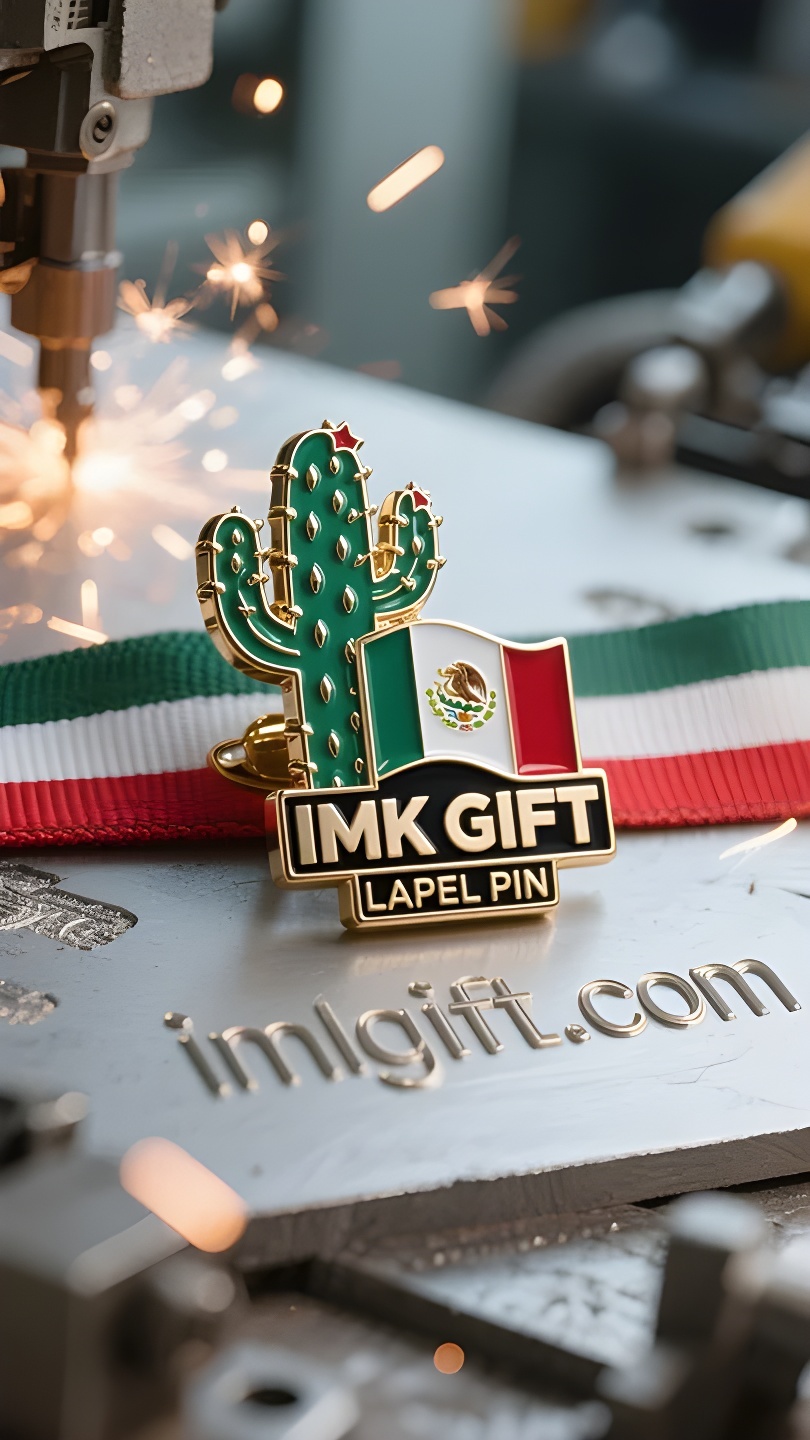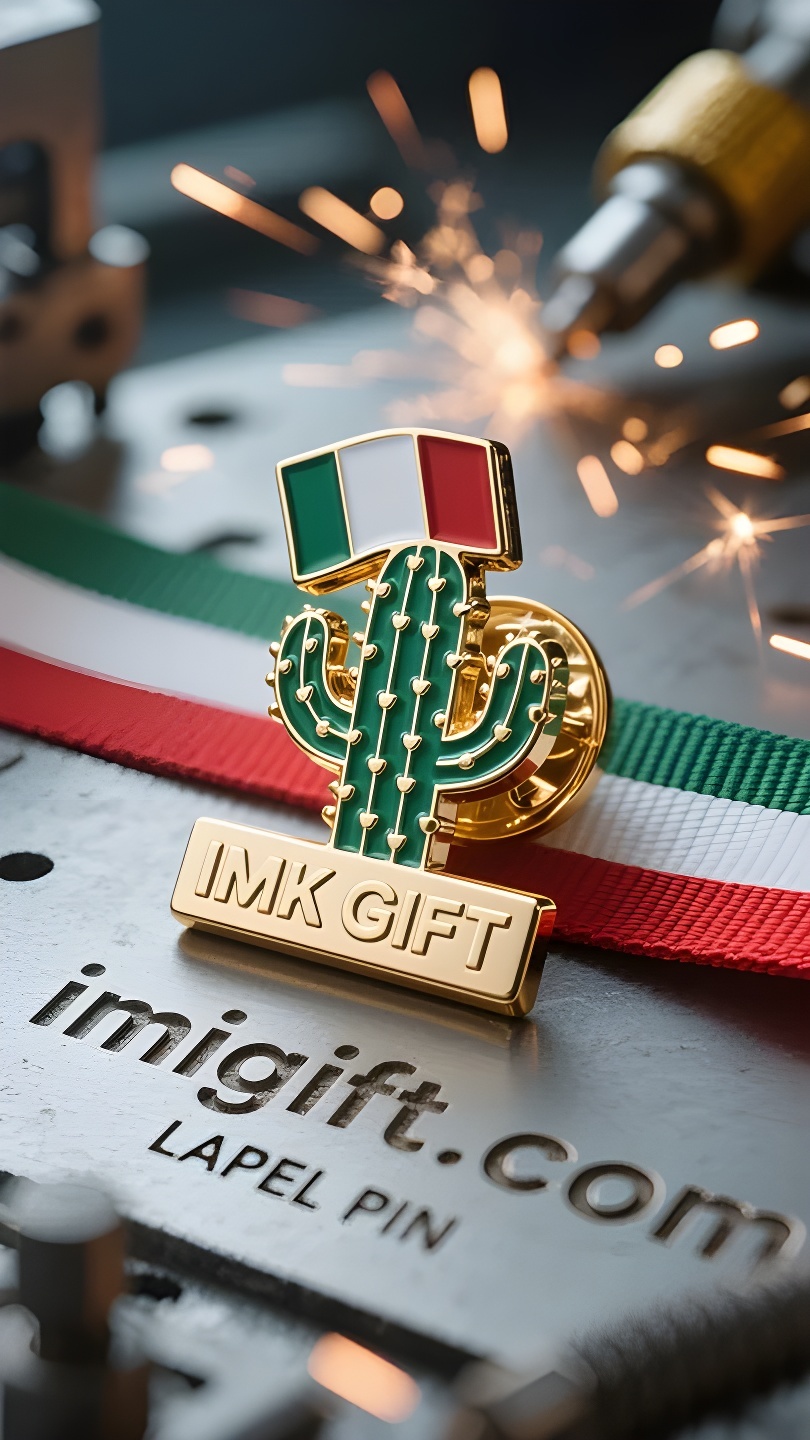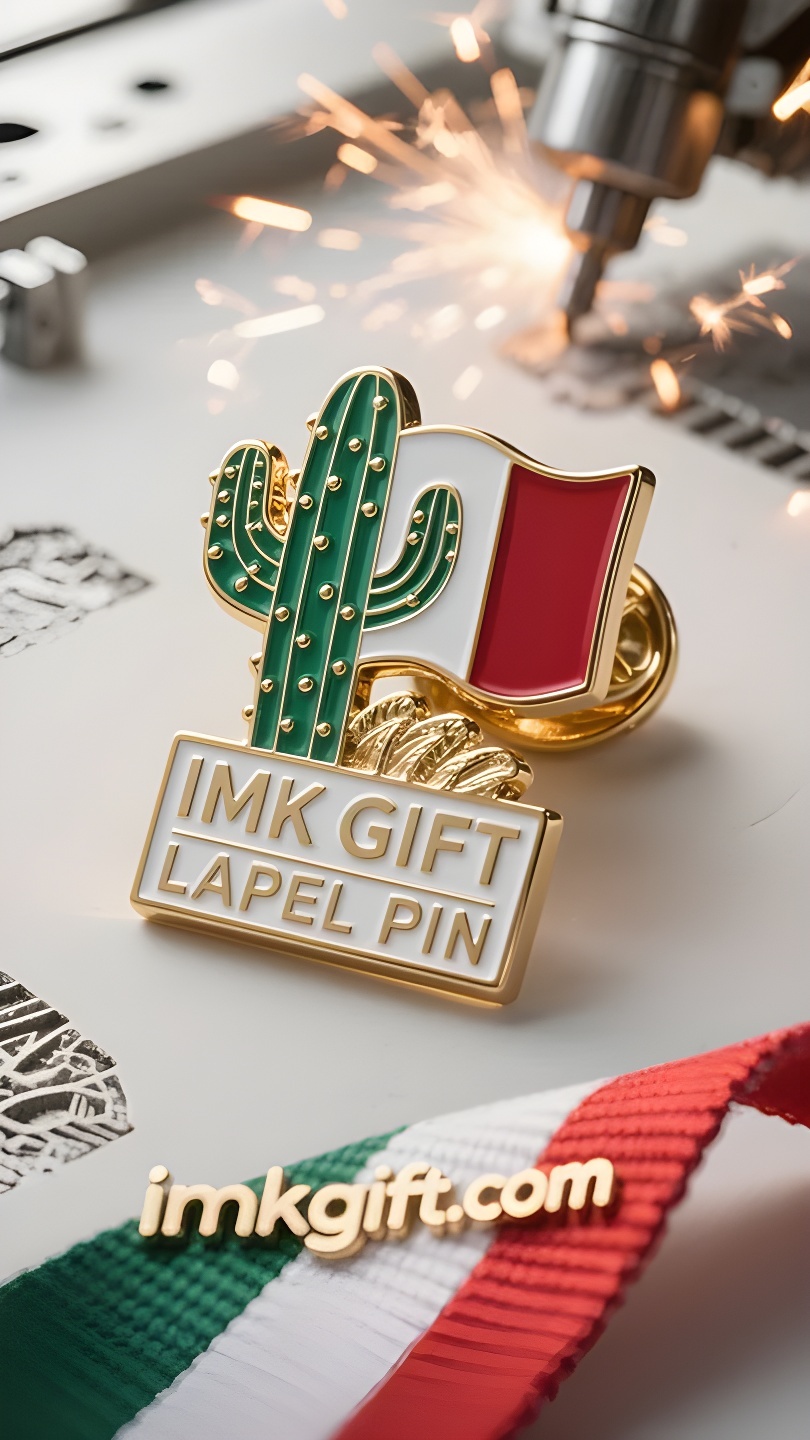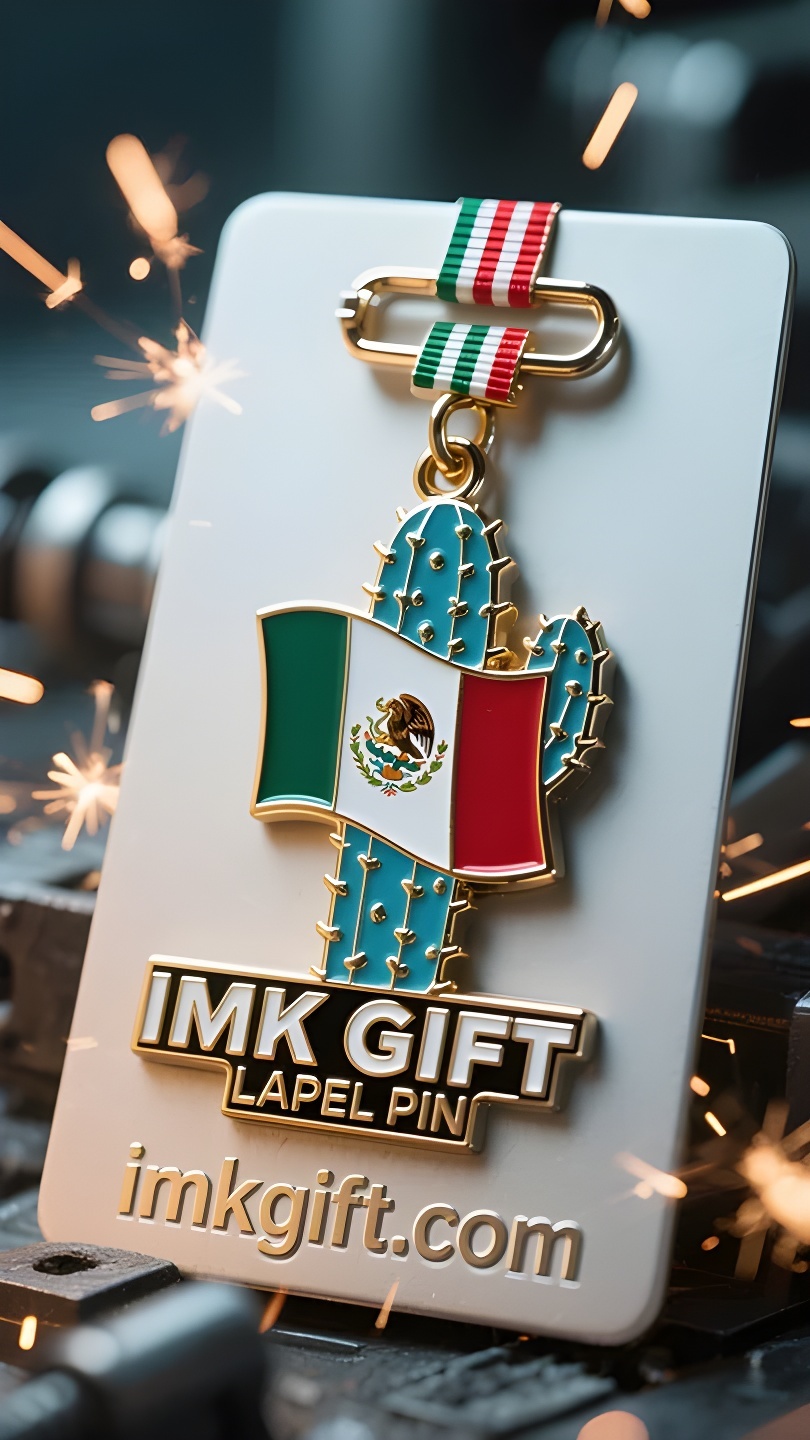in994-La-columna-vertebral-del-cactus-la-filosofía-de-la-supervivencia-en-el-emblema-mexicano
▼
En el centro de la bandera mexicana, un cactus sostiene un tótem de águila, que es el código de supervivencia más antiguo de esta tierra. Cuenta la leyenda que después de vagar durante cien años, los aztecas finalmente vieron un cóndor sostenía una serpiente sobre un cactus en el lago salado y construyeron la ciudad de Tenochtitlán. Este emblema no sólo registra el origen de la civilización, sino que también esconde la vitalidad del pueblo mexicano que sabe penetrar el sufrimiento. Las raíces del cactus pueden penetrar profundamente en las grietas de las rocas para absorber agua, y las espinas pueden construir una armadura bajo el sol abrasador. Incluso si se cortan las ramas, el jugo puede curar las heridas y crear un oasis en las zonas áridas. Así como México ha vivido la colonización, los terremotos y las crisis existenciales, todavía sigue reconstruyendo sus hogares entre cenizas volcánicas y ruinas. El águila de la bandera nacional no es un conquistador que extiende sus alas, sino un águila despierta que vive en simbiosis con el cactus: enseña a la gente que la verdadera fuerza está en aprender a coexistir con las dificultades. Bajo las gigantescas esculturas de cactus de la Ciudad de México contemporánea, los jóvenes a menudo usan pintura en aerosol para reescribir los grafitis de los narcotraficantes, y los artistas pintan murales coloridos en paredes acribilladas a balazos. Esta tierra donde nació Frida Kahlo siempre ha creído que el dolor puede forjar una belleza más resistente. Cuando se iza la bandera nacional en el Día de la Independencia, el tótem del cactus recuerda a todos los mexicanos: no estamos esperando que pase la tormenta, sino aprendiendo a florecer en la tierra salino-alcalina. La columna vertebral del cactus sostiene el cielo de toda la nación, así como la tenacidad de cada vida ordinaria eventualmente tallará anillos inmortales en el tiempo.
In the center of the Mexican flag, the totem of a cactus holding up an eagle is the oldest survival code of this land. Legend has it that after wandering for a hundred years, the Aztecs finally saw a condor holding a snake on a cactus in the salt lake and built the city of Tenochtitlan. This emblem not only records the origin of civilization, but also hides the vitality of the Mexicans to penetrate suffering. The roots of the cactus can penetrate deep into the cracks of the rocks to absorb water, and the thorns can build armor under the scorching sun. Even if the branches are cut off, they can use juice to heal wounds and support an oasis in the barren place. Just as Mexico has experienced colonization, earthquakes and survival crises, it is still rebuilding its home between volcanic ash and broken walls. The eagle on the national flag is not a conqueror with wings spread high, but an awakener who coexists with the cactus – it teaches people: true strength is to learn to coexist with difficulties. Under the giant cactus sculptures in contemporary Mexico City, young people often use spray paint to rewrite drug dealers’ graffiti, and artists paint colorful murals on bullet-hole walls. This land where Frida Kahlo was born always believes that pain can forge a more resilient beauty. When the national flag is raised on Independence Day, the cactus totem reminds every Mexican: we are not waiting for the storm to pass, but learning to bloom in the saline-alkali land. The backbone of the cactus supports the sky of the entire nation, just like the tenacity of every ordinary life, which will eventually carve immortal rings in time.
在墨西哥国旗中央,仙人掌托起雄鹰的图腾,是这片土地最古老的生存密码。传说阿兹特克人在流浪百年后,终于在盐湖中的仙人掌上看见叼蛇的神鹰,建立起特诺奇提特兰城。这个徽章不仅记录着文明的起源,更暗藏着墨西哥人穿透苦难的生命力。
仙人掌根系能深入岩缝汲取水分,针刺在烈日下筑起铠甲,即便被砍断枝干,也能用汁液愈合伤口,在贫瘠处撑起一片绿洲。正如墨西哥历经殖民、地震与生存危机,依然在火山灰与断垣间重建家园。国旗上的雄鹰,并非展翅高飞的征服者,而是与仙人掌共生的觉醒者——它教会人们:真正的强大,是学会与困境共处。
当代墨西哥城的巨型仙人掌雕塑下,常有青年用喷漆改写毒贩涂鸦,艺术家在弹孔墙面上绘制彩色壁画。这片诞生过弗里达·卡罗的土地,始终相信伤痛能淬炼出更坚韧的美。当国旗在独立日升起,仙人掌图腾提醒着每个墨西哥人:我们不是等待风暴过去,而是学会在盐碱地里开出繁花。
仙人掌的脊梁撑起整个民族的天空,正如每个平凡生命的顽强,终将在时光里刻下不朽的年轮。
▼
Contact Us
📞 Tel: +0086-760-85286839
📧 Email: sales3@imkgift.com








